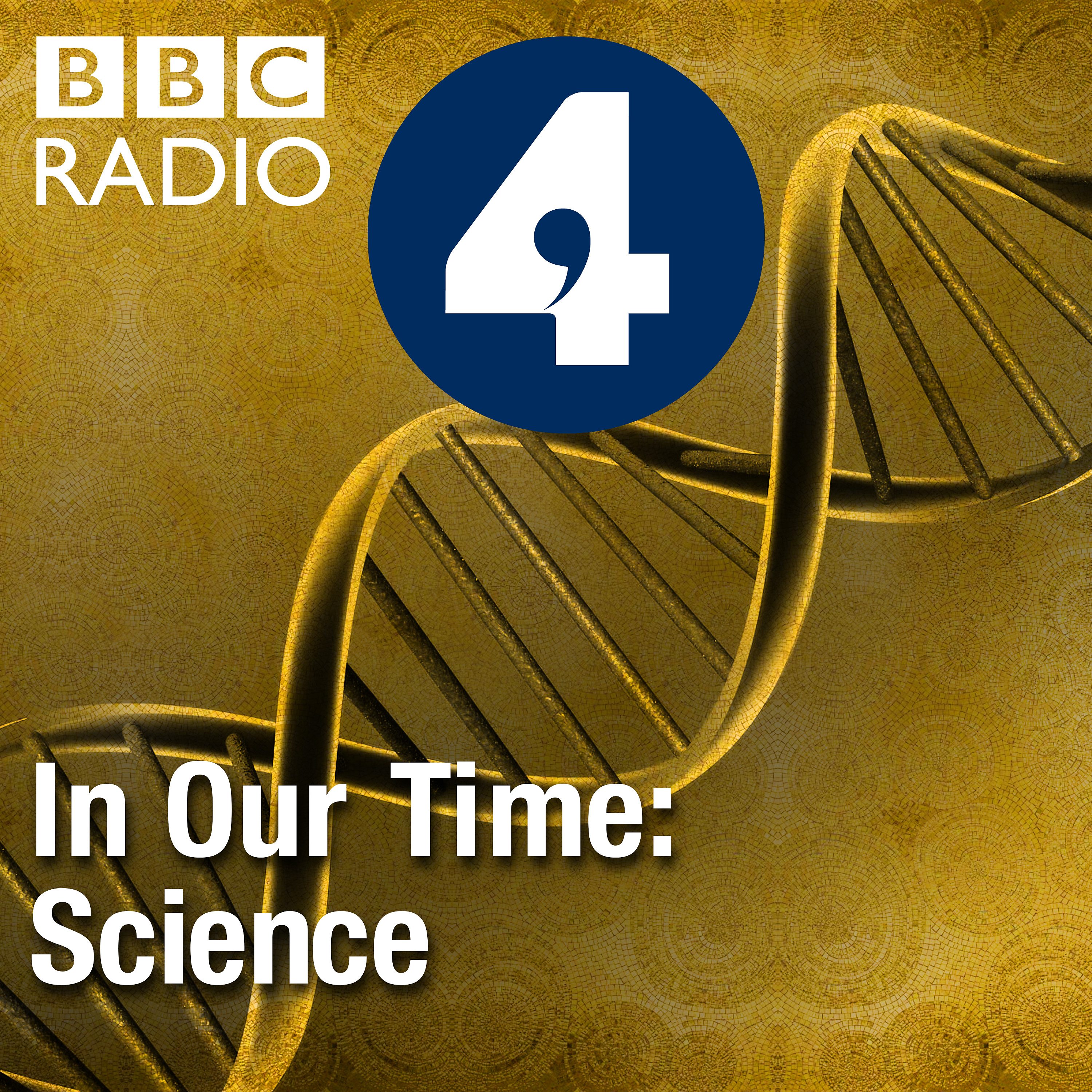
Deep Dive
What is the significance of phytoplankton in Earth's history?
Phytoplankton played a crucial role in Earth's development by producing oxygen through photosynthesis. Around 2.4 billion years ago, they began oxygenating the atmosphere, which was previously devoid of oxygen. This process allowed life as we know it to emerge. Today, phytoplankton contribute to about half of the oxygen we breathe.
What is the biological carbon pump and how does it work?
The biological carbon pump is a process that moves carbon dioxide from the atmosphere into the deep ocean, where it is stored. Phytoplankton photosynthesize at the surface, taking up carbon dioxide. When they die or are eaten by zooplankton, their remains sink as marine snow. This carbon is respired by deep-sea organisms, trapping it in the ocean for hundreds of years. Without this pump, atmospheric carbon dioxide levels would be 30% higher.
How do zooplankton contribute to the carbon cycle?
Zooplankton play a key role in the carbon cycle by feeding on phytoplankton at the surface and then migrating to deeper waters during the day to avoid predators. They excrete and defecate at depth, transporting carbon quickly to the ocean floor. This process, known as the 'greatest migration on Earth,' helps sequester carbon in the deep ocean.
What is the Continuous Plankton Recorder Survey and why is it important?
The Continuous Plankton Recorder (CPR) Survey, started in 1931, is a long-term monitoring program that collects plankton samples from oceans worldwide. Using a simple device towed by ships, it captures plankton on silk, providing a consistent and extensive dataset. This survey has revealed changes in plankton communities due to climate change and other human impacts, offering critical insights into marine ecosystems.
How does ocean acidification affect plankton?
Ocean acidification, caused by increased carbon dioxide dissolving in seawater, lowers pH and reduces carbonate ion concentration. This makes it harder for plankton like coccolithophores and sea butterflies to produce calcium carbonate shells. While some phytoplankton benefit from higher carbon dioxide levels for photosynthesis, others struggle to maintain their protective structures, affecting their survival and the efficiency of the biological carbon pump.
What are mixotropes and how do they differ from other plankton?
Mixotropes are plankton that can both photosynthesize like phytoplankton and hunt like zooplankton. They switch between these modes depending on light and nutrient availability. This adaptability allows them to thrive in diverse environments, filling ecological niches that other plankton cannot. Some mixotropes, like dinoflagellates, are also responsible for bioluminescence in coastal waters.
How do human activities impact plankton distribution?
Human activities, such as shipping and the construction of canals, have significantly impacted plankton distribution. Ships transport plankton either through ballast water or by carrying organisms on their hulls, introducing invasive species to new regions. Infrastructure like the Panama and Suez Canals connects previously isolated ocean basins, allowing plankton to spread and disrupt local ecosystems.
What happens when nutrient balances in the ocean are disrupted?
Disruptions in nutrient balances, often caused by human activities like farming and sewage discharge, can lead to phytoplankton blooms. These blooms deplete oxygen as they decay, creating dead zones where marine life cannot survive. For example, the Black Sea experienced severe oxygen depletion in the 1980s due to excessive nutrients from rivers, leading to mass die-offs of benthic organisms.
How does temperature change affect plankton?
Rising temperatures affect plankton in multiple ways. Warmer waters increase the rates of photosynthesis and respiration, but respiration increases more, reducing the efficiency of the biological carbon pump. Temperature changes also alter nutrient availability and habitat conditions, impacting plankton distribution. For example, in the Antarctic, reduced sea ice has led to declines in phytoplankton, affecting the entire food web, including krill, penguins, and seals.
What would happen if plankton disappeared?
If plankton disappeared, Earth's ecosystems would collapse. Phytoplankton produce 50% of the oxygen we breathe, and they form the base of the marine food web, supporting everything from small fish to whales. Without plankton, marine life would dwindle, and the planet's atmosphere would become uninhabitable. Plankton are essential for maintaining the balance of life on Earth.
- Plankton are categorized into phytoplankton and zooplankton.
- Half of the oxygen we breathe comes from plankton.
- Plankton's daily migration is the largest migration of life on Earth.
- Plankton's diversity in shapes and sizes is vast.
- Plankton are observed through changes in water color, even from space.
Shownotes Transcript
Melvyn Bragg and guests discuss the tiny drifting organisms in the oceans that sustain the food chain for all the lifeforms in the water and so for the billions of people who, in turn, depend on the seas for their diet. In Earth's development, the plant-like ones among them, the phytoplankton, produced so much oxygen through photosynthesis that around half the oxygen we breathe today originated there. And each day as the sun rises, the animal ones, the zooplankton, sink to the depths of the seas to avoid predators in such density that they appear on ship sonars like a new seabed, only to rise again at night in the largest migration of life on this planet.
With
Carol Robinson Professor of Marine Sciences at the University of East Anglia
Abigail McQuatters-Gollop Associate Professor of Marine Conservation at the University of Plymouth
And
Christopher Lowe Lecturer in Marine Biology at Swansea University
Producer: Simon Tillotson
Reading list:
Juli Berwald, Spineless: The Science of Jellyfish and the Art of Growing a Backbone (Riverhead Books, 2018)
Sir Alister Hardy, The Open Sea: The World of Plankton (first published 1959; Collins New Naturalist Library, 2009)
Richard Kirby, Ocean Drifters: A Secret World Beneath the Waves (Studio Cactus Ltd, 2010)
Robert Kunzig, Mapping the Deep: The Extraordinary Story of Ocean Science (Sort Of Books, 2000)
Christian Sardet, Plankton: Wonders of the Drifting World (University of Chicago Press, 2015)
Helen Scales, The Brilliant Abyss: True Tales of Exploring the Deep Sea, Discovering Hidden Life and Selling the Seabed (Bloomsbury Sigma, 2022)